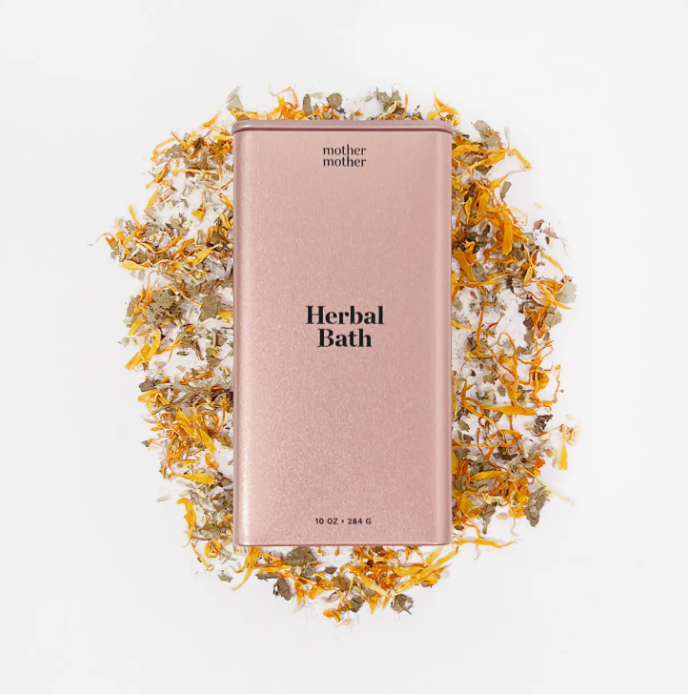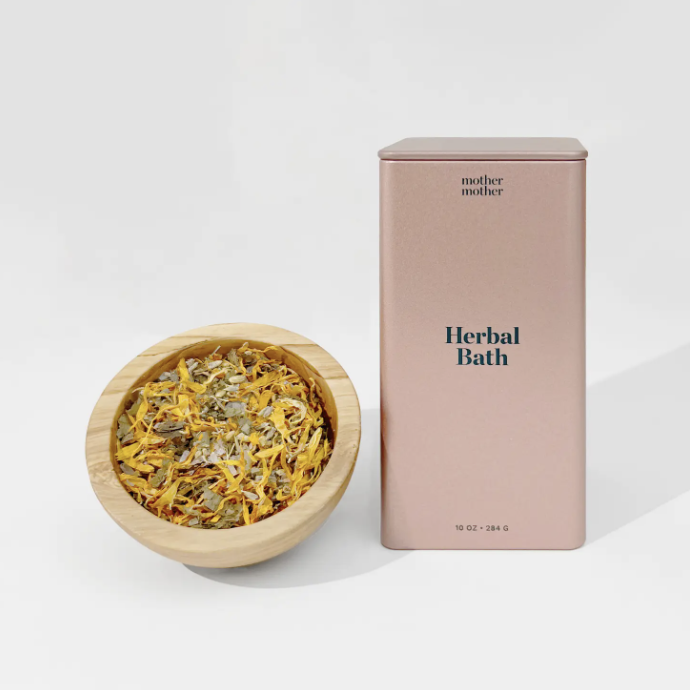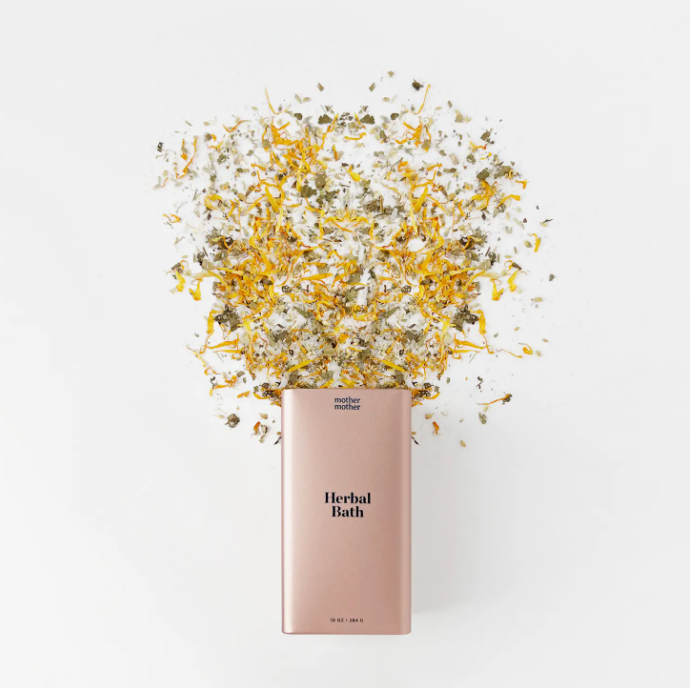



Organic Herbal Sitz Bath
This sitz bath herbal blend is a must-have for any new mother after a vaginal birth. It’s made with organic ingredients and can help soothe swelling and speed healing.
This organic herbal bath is here to help speed up healing and reduce swelling in your perineum. But that's not all - this multi-talented blend can be brewed for use in a sitz bath, peri bottle, bathtub, or even turned into a refreshing padsicle.
Belly birth? No problem - brew a batch and use it in your tub once cleared for a soak. Suffering from pesky hemorrhoids? This blend will bring much-needed relief.
And if you're all healed up but still have some herbs left? Lucky you! Pour the remaining herbs into a bowl, add boiling water, and enjoy a relaxing facial steam because # self-care is always essential.
Ingredients: Organic Witch Hazel Leaf, Epsom Salt, Organic Calendula Flower, Organic Yarrow Flower, Organic Lavender.
Contains 10 oz. of organic herbs
Made in the United States
We ship all US orders through USPS. At checkout, you can select Ground (free with orders $99+), Priority, or Priority Express. Once your order has shipped, you'll automatically receive tracking information via email.
We use DHL or USPS for international orders based on the best available rate (unless otherwise specified). Customer is responsible for any incurred VAT, import, or duty fees.
We accept returns for store credit for items that are unopened, unused, and in their original condition within 30 days of purchase.




